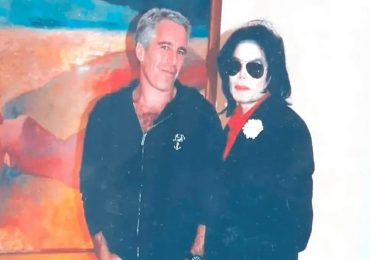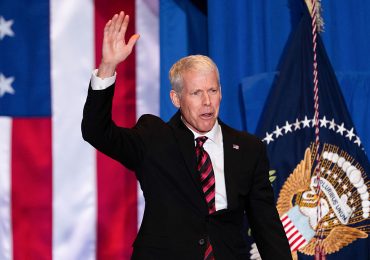We all value, or claim to value, ideas. We want them in our movies, our books, our music; otherwise, the thinking goes, we’re just ingesting empty calories. But not all ideas are created equal. Sometimes they’re floating too freely within the material to be tethered to any meaningful interpretation; other times they’re so ploddingly instructive that we feel pummeled. The ideas embedded in A Different Man, written and directed by Aaron Schimberg, hover somewhere in the milky middle between being too amorphous and too obvious, though by the end, you will most certainly have gotten the point. Yet this is a movie in which the performers make all the difference—the actors embody the ideas so wholly that the messages layered into the script are just superfluous embroidery. It’s worth seeing A Different Man for the two performances at its heart, given by Adam Pearson and Sebastian Stan.
[time-brightcove not-tgx=”true”]
Stan, at first wearing prosthetic makeup, plays Edward, a struggling actor whose employment consists solely of the occasional workplace-training video. Edward has a rare genetic condition known as Neurofibromatosis, which causes tumors to grow on the skin and in other parts of the body. It affects his facial appearance and his speech, and marks him as “different.” We see one of the clumsy videos in which he’s featured, apparently enacting some kind of by-the-water-cooler fainting spell; his co-workers in the video ostensibly treat him as an individual by condescending to him—exactly the sort of behavior these videos ought to be working against. But in the movie, this video handily makes an important point: this is the sort of behavior Edward has to field every day. No wonder he seems to be shuffling through life, deferential to others almost to the point of obliterating himself. If he can make himself invisible, he won’t have to suffer the cruelty of other humans, both those who mean harm and those who mean well.
Edward, who lives in a dismal apartment somewhere in New York (both this flat and this New York somewhat resemble Ari Aster’s vision in Beau Is Afraid), has a new and very attractive neighbor, Renate Reinsve’s Ingrid. She startles visibly when she first sees him; then she offers friendship, and possibly something more. She’s an aspiring playwright, and Edward talks to her, glumly, about his nearly nonexistent acting career. Her beauty and her brightness seem to make him feel more morose than usual. He’s used to living his life in comparison to others, and it brings him nothing but suffering.
Then he’s offered a chance to try an experimental facial reconstruction treatment. It works! His old face gradually peels away—the process resembles the stretching of melted mozzarella, or maybe a time-lapse rendering of one of Francis Bacon’s screaming popes—revealing a very handsome young man beneath. Now Edward can finally find out how the rest of the world lives. He becomes a high-flying real estate honcho, as well as, of course, a success with the ladies. Then Ingrid comes back into his life, in a roundabout way—she of course doesn’t recognize him. And he meets another individual who somewhat resembles the man he used to be, but only physically. Oswald (Adam Pearson) is a jaunty Brit who favors pocket squares and bright, patterned shirts. He’s a charmer—everyone loves him, especially women. In him, Edward sees the man he, with his old face, might have been. Oswald represents both a rebuke and a missed opportunity.
And when he appears, the film suddenly levitates. Schimberg has worked with Pearson before, in his 2019 film Chained for Life. (Moviegoers might also know the actor from his appearance in Jonathan Glazer’s haunting parable of loneliness Under the Skin.) Schimberg was so inspired by Pearson’s confidence and charm that he wrote the part of Oswald specifically for him, and the moment he shows up, a light turns on: Edward, in his old persona, has invited our pity, and probably gotten it. Oswald brushes right past the idea of pity—we’re so drawn to him that we can’t even imagine feeling it.
That right there is a lot for a movie, and for two actors, to carry. Stan is terrific as the eternally surly Edward: his handsome pout, post-transformation, isn’t something that gives us pleasure. If anything, it makes us wish we could have the old Edward back, who at least had some shambling charm. And Pearson is off the charts as Oswald: he swaggers through the movie like its dazzling, unofficial mayor, meeting and greeting and encouraging openness, rather than closure, in the world around him. The dynamic between Oswald and Edward is rich territory by itself. The problem is that Schimberg keeps adding layers of plot to drive his points home, instead of just stepping back to let his characters do their thing. The movie sends us home with a message—let’s say it’s something along the lines of “Think hard about how you view others who are different”—even as the actors open out another way of thinking: Since we’re all individuals anyway, why see differences as differences at all? That’s an idea that goes beyond our concept of what an “idea” even is. It’s a basic tenet of living—or at least it ought to be.
Leave a comment








